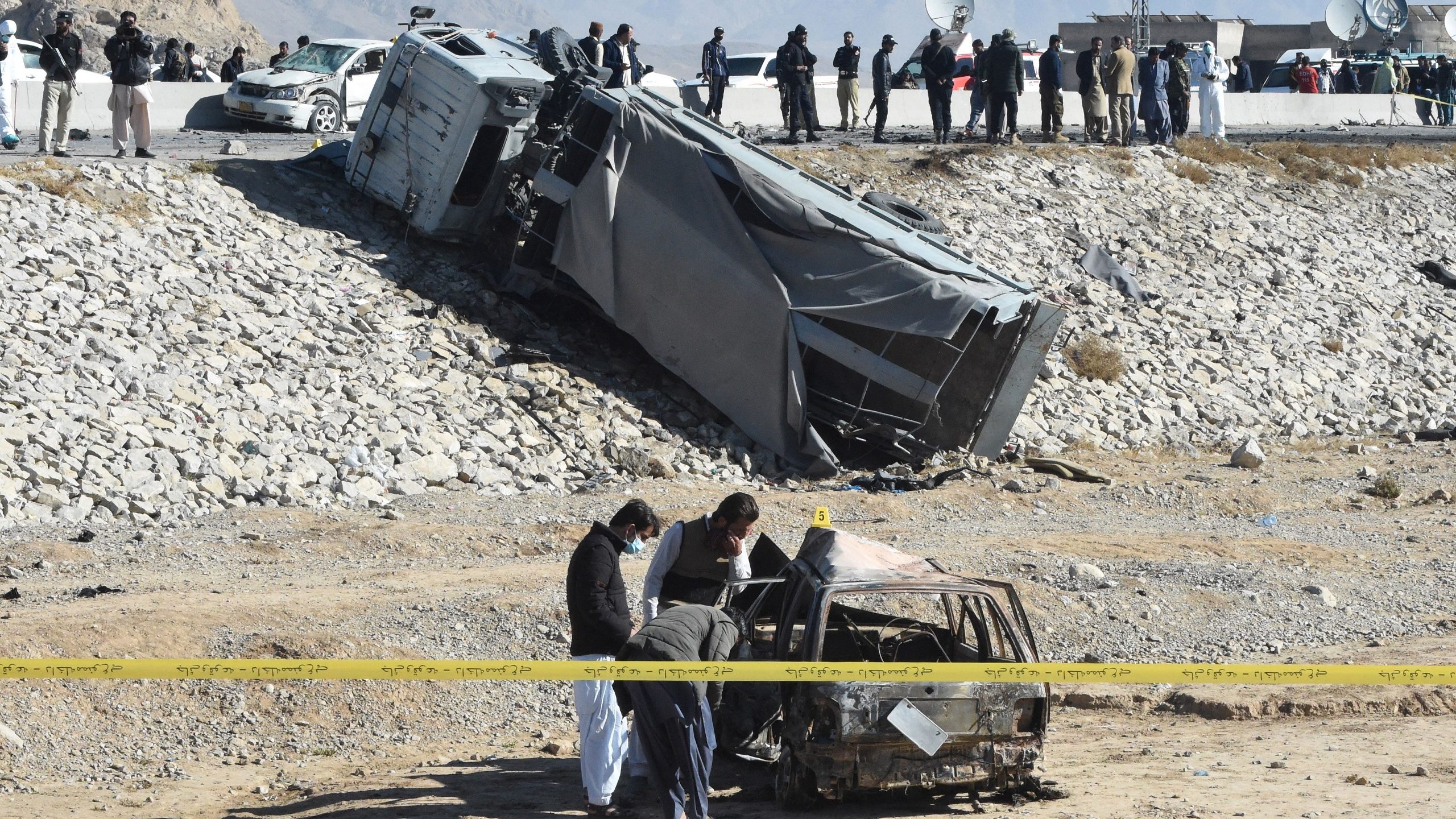Targeted Assassinations Shake the Terrorist Landscape in South Asia
Introduction
In recent years, a string of targeted assassinations has rocked the terrorist landscape in South Asia, particularly in Pakistan. While the perpetrators remain unidentified, the victims have been high-profile figures associated with various militant outfits, including Lashkar-e-Taiba, Jaish-e-Mohammed, and Khalistan Commando Force. These assassinations have not only eliminated key operatives but also sent shockwaves through the region, sparking speculation about the motives behind these killings and the actors involved.
The Wave of Assassinations
The series of targeted killings began gaining traction in 2021, with a failed attempt on the life of Hafiz Saeed, the founder of Lashkar-e-Taiba and mastermind behind the 2008 Mumbai attacks. Subsequently, a report by The Intercept, citing secret documents, suggested the existence of India's alleged death squad operating in Pakistan, a claim vehemently denied by Indian authorities. However, the frequency and success of these assassinations have raised questions about the efficacy of Pakistan's intelligence apparatus and its ability to protect high-value targets.
High-Profile Victims
The victims of these targeted killings include prominent figures such as Mia Mujahid, Riyaz Ahmed, and Daud Malik, who played significant roles in orchestrating terrorist activities in the region. These assassinations have not only dealt a severe blow to the operational capabilities of militant outfits but have also instilled fear among their ranks. Moreover, the killings have targeted individuals across various locations, from Karachi to North Waziristan, indicating a coordinated effort to eliminate key figures in the terrorist network.
Speculations and Allegations
While the perpetrators remain elusive, speculations abound regarding their identities and motives. Unofficially, Pakistani officials have blamed India's Research and Analysis Wing (RAW) for orchestrating these assassinations, alleging the involvement of disgruntled former Pakistani law enforcement personnel as local operatives. Additionally, there are suggestions of factionalism and infighting within militant groups, leading to internal purges and power struggles.
Implications and Ramifications
The targeted assassinations have significant implications for regional security dynamics, with potential repercussions for Indo-Pak relations and counterterrorism efforts. While India denies any involvement, the escalating tensions between the two nuclear-armed neighbors raise concerns about the possibility of further destabilization in the region. Moreover, the assassinations have forced militant operatives into hiding, disrupting their operational capabilities and prompting international scrutiny of Pakistan's counterterrorism measures.
Conclusion
The wave of targeted assassinations in South Asia underscores the complex and volatile nature of the region's security landscape. While the perpetrators remain shrouded in mystery, the impact of these killings reverberates across borders, shaping the geopolitical dynamics of the region. As tensions escalate and suspicions linger, the need for robust counterterrorism cooperation and intelligence-sharing between India and Pakistan becomes increasingly imperative to mitigate the threat posed by militant outfits and safeguard regional stability





.png)




0 Comments